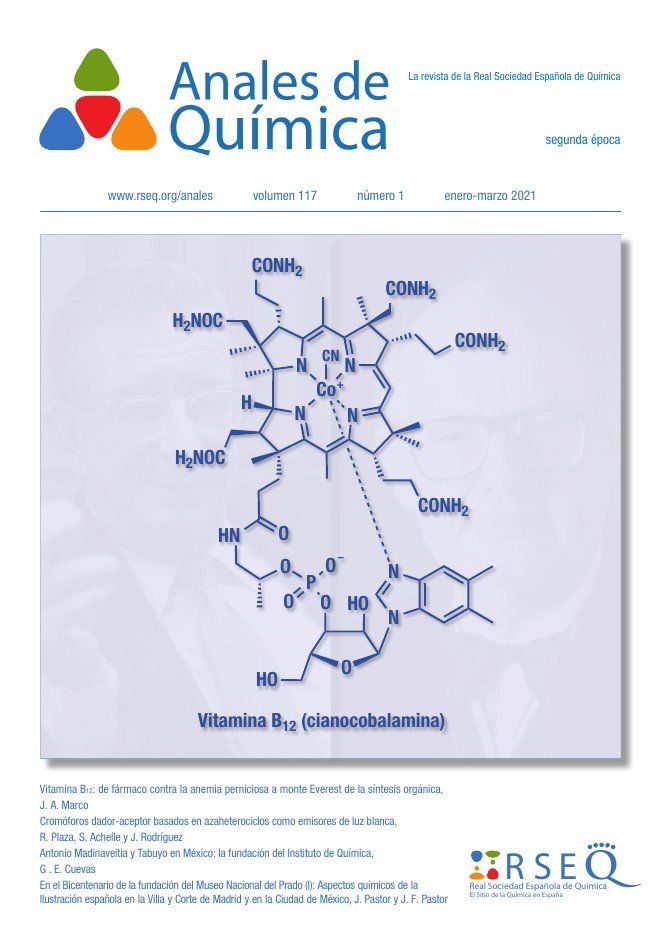Abstract
There is an increasing interest in conjugated push-pull chromophores that incorporate nitrogen heterocycles as electronwithdrawing units because their photophysical properties are highly sensitive to external stimuli. In this respect, reversible protonation causes dramatic color changes, whereas the emission is often quenched. Nevertheless, in some cases the presence of acid prompts the appearance of emission bands of complementary colors. Thus, white and multicolor photoluminescence both in solution and in the solid state can be obtained by the controlled protonation of the azaheterocyclic ring. With a suitable design, these compounds have potential applications in the development of colorimetric pH sensors and the fabrication of OLEDs based on one single material.


